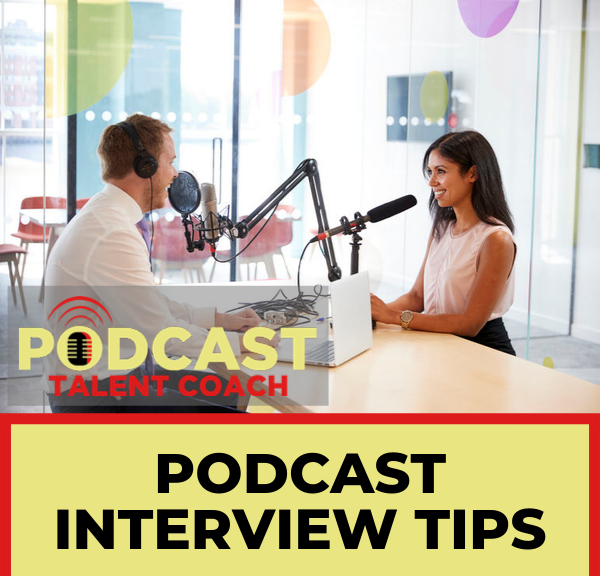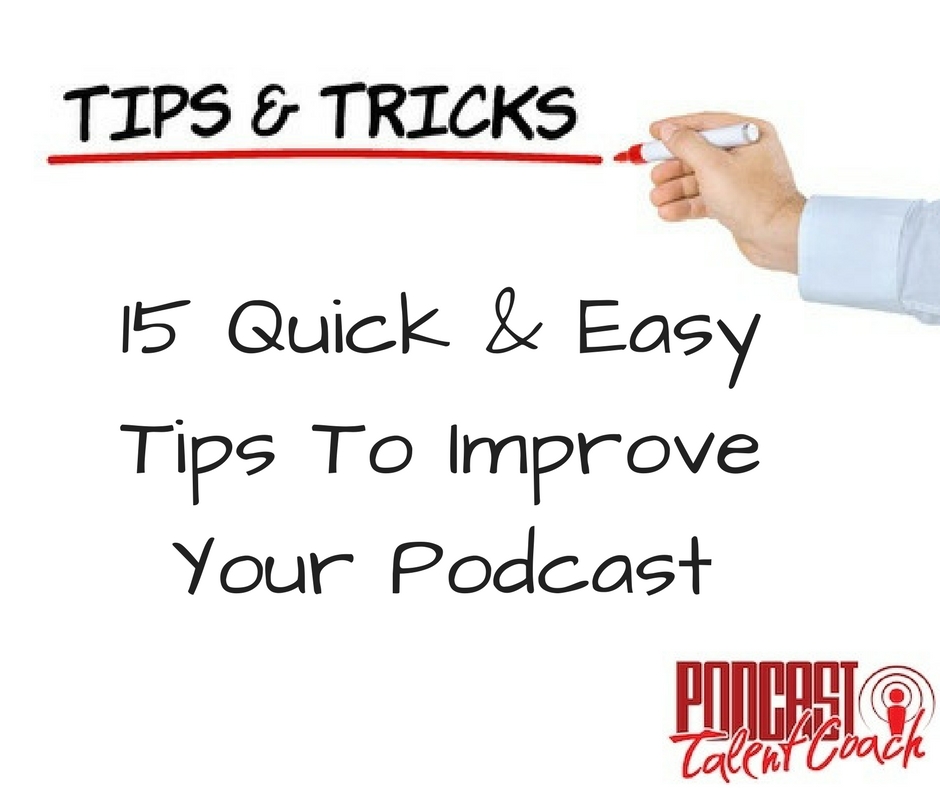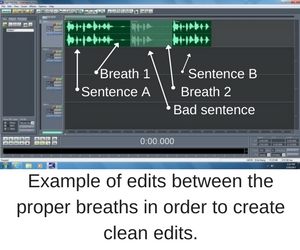Podcast: Play in new window | Download
Subscribe: RSS
Interviewing people is an art. If you do it well, you demonstrate your authority in your space while allowing your guest to become the star of the show. In this episode, I want to provide you a few podcast interview tips that will help your interviews become stronger.
As I coach podcasters with their interviews, we work to find a way to transform the interview from a question-and-answer session into a real conversation.
If you step back and think about the types of content that really attract and engage people, there are few things more powerful than a story.
Storytelling is the interactive art of using words and actions to reveal the elements and images of a story while encouraging the listener’s imagination. It brings your content to life in the theater of the mind of your audience.
CLIENT QUESTION
One client came to me looking for help with his interviews. When he would interview a guest, it was almost like an interrogation. It was question, answer, question, answer. “What niche are you in? Who built your website? How long have you been leading the organization? How do you set up your equipment?”
A line of questioning with very specific correct and incorrect answers does nothing to encourage the listener’s imagination.
However, I can engage that imagination if I tell you about a time when we were on a cruise off the coast of South America. On that vacation, my 10-year-old daughter was able to visit the Mayan ruins near Cozumel. It was a hot day unlike any heat I had ever experienced before. Any shade we could find was good shade.
We had the chance to go in these huge shelters made of stone. Our Mayan tour guide explained the Mayan calendar as we hiked the tree-lined trails that connected the various sites. He explained why everyone thought the world would end when we reached the end of the Mayan calendar and why the facts proved that wasn’t true.
Stories like that are much more engaging than “how do you hook up your equipment?”.
There are a few ways in addition to stories that can supercharge your podcast.
PODCAST INTERVIEW TIPS
1. Avoid the multiple choice and yes/no questions.
Allow your guest to expand her answer with stories.
2. Use great questions that set the guest up to tell stories.
There are ways to help your guests tell stories. When you lead with “tell me about a time when …”, “what is the craziest thing …” or “what did it feel like when you …”, you allow your guest to tell you about one specific moment in time. This is where great stories start.
You can download my 17 of the Most Powerful Interview Questions Ever for free online at PodcastTalentCoach.com/interview. This list is built in a way that will allow you to use these questions with any person you interview.
3. Start with the best question you have.
You can’t catch up to a slow start. People want great content right from the start, or they are looking for something more entertaining. Lead with the most engaging question you have. We can always go back and revisit how your guest got started and their backstory.
4. There is no need for the transition.
Just ask the next question. There is no need for a set up. Treat your interview like a cocktail party conversation. If you were having a conversation at a party, would you ever say things like, “The next question I would like to ask …” or “Let’s move into your you got started …”? No. Normal people don’t talk like that. Use questions that you would use in regular conversation.
5. Help the guest provide useful info for your listener.
You are the host of your show. You know what your listeners need and expect. Lead you guest down the path that will help them provide that information.
6. Treat the listener as if they are the 3rd person in the conversation.
As you interview your guest, pretend your listener is sitting right there with you. When you need to clarify something your guest said, say it right to that 3rd person. If I am interviewing Joe, and he makes reference to a chapter in his book, I can say, “Joe has a great book out. If you want a copy, go to my website dot com slash joes book and get the link right there.”
When I use sentences like that, it is clear that I am talking to you and not Joe. I don’t have to say, “Hey listeners, if you want to get Joe’s book …” The use of “listeners” is much less personal and connecting than if I just talk to you as if you are sitting at the table with the two of us.
7. Have 4 or 5 great questions prepared, but listen to the answers for great follow-up questions.
The quickest way to turn a great conversation into a bad question and answer session is to follow a list of prescripted questions. Know where you want to go and what you want to accomplish in the conversation before it starts. Gather a handful of great questions that will help you get there. Actually listen to the answers your guest gives you. Those answers provide great leads for your next great question.
If the line of questioning hits a dead end, look at your list, pick another question and start again. Let the conversation flow.
Bonus: Slow down and say your name with a little more pride. It is your brand. Embrace it. Be confident with your name and the name of the show.
Would you like some help with your interviews and more podcast interview tips? Take advantage of my FREE podcast strategy session. Get details at www.PodcastTalentCoach.com/coaching.
Let’s turn your information into engaging entertainment.




